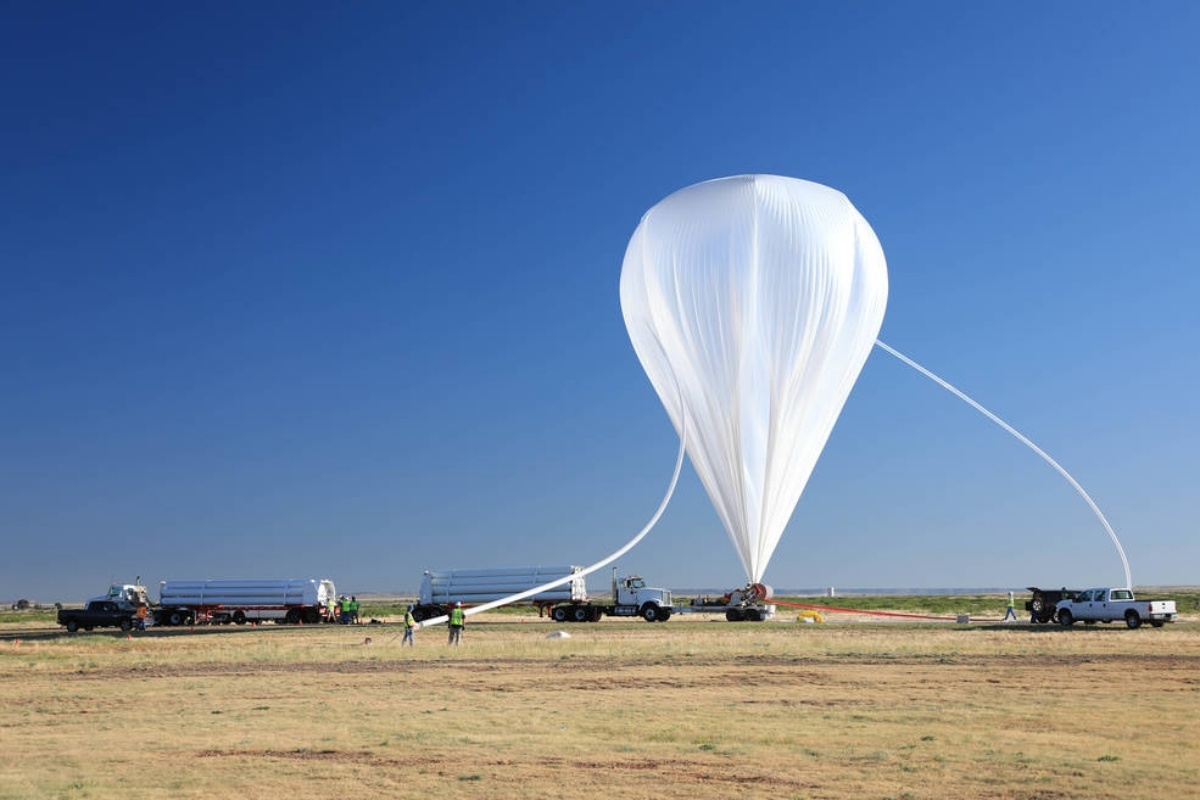NASA is set to launch a suite of scientific balloons, carrying instruments that will help scientists understand the connection between the Sun and Earth.
The experiment, under NASA’s Scientific Balloon Programme, will kick off an ambitious schedule of 18 flights in 2021. The first campaign of 2021 — with six balloon flights — will lift off from NASA’s Columbia Scientific Balloon Facility’s field site in Fort Sumner, New Mexico, between April-end and mid-June.
Advertisement
Among the six balloon flights, four experiments will study different aspects of the Sun’s influence. They will focus on the stretch of sky 60-300 miles (100-50 kilometres) above the surface, where Earth’s upper atmosphere and space meet.
The All-Sky Heliospheric Imager is a piggyback payload that will fly along with the Columbia Scientific Balloon Flight (CSBF) Test Flight II no earlier than May 5. It will test the instrument’s capability to reduce stray light and observe the solar wind from here on Earth.
Balloon-Based Observations for sunlit Aurora will test a wide-view infrared camera designed to study daytime auroras. Since auroras keep mostly to Earth’s north and south poles, BALBOA will image airglow, the natural glow of Earth’s entire atmosphere, on this test flight. It will fly as a piggyback payload on the CSBF Test Flight I no earlier than April 29.
Balloon-borne Chirpsounder will demonstrate new technology for studying the ionosphere. It will fly about 25 miles above the surface, where it will send radio signals up into the ionosphere. It will fly on a hand-launched balloon no earlier than April 29.
Balloon Observation of Microburst Scales, is designed to observe microbursts, flashes of X-ray light that sporadically appear in the polar atmosphere. It will fly as a piggyback payload on the CSBF Test Flight I no earlier than April 29.
In addition to generating new science, balloon experiments like these offer a low-cost way to test new instrument techniques and provide valuable opportunities for early-career scientists to gain hands-on experience, NASA said.











